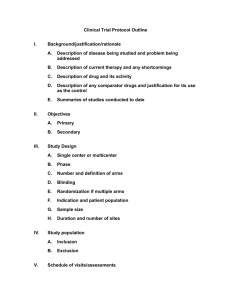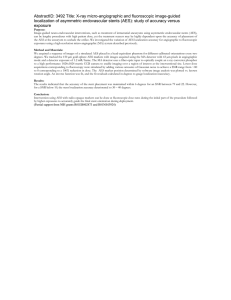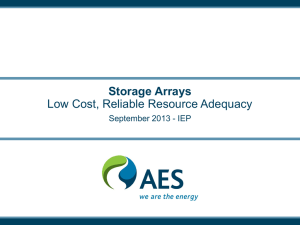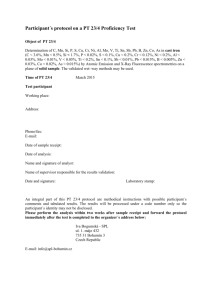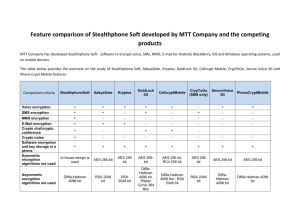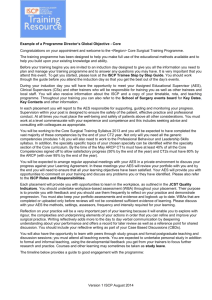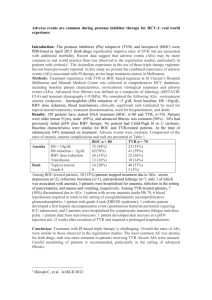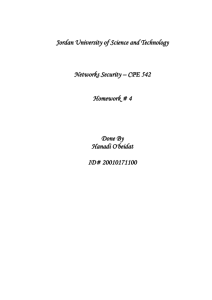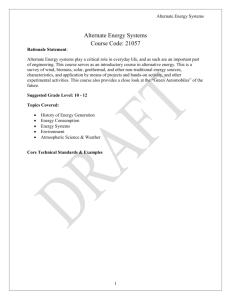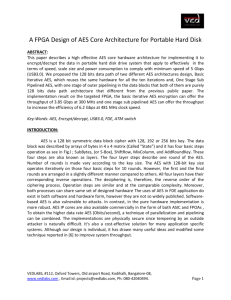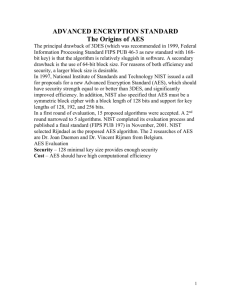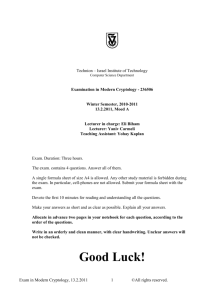Tutorial 4
advertisement
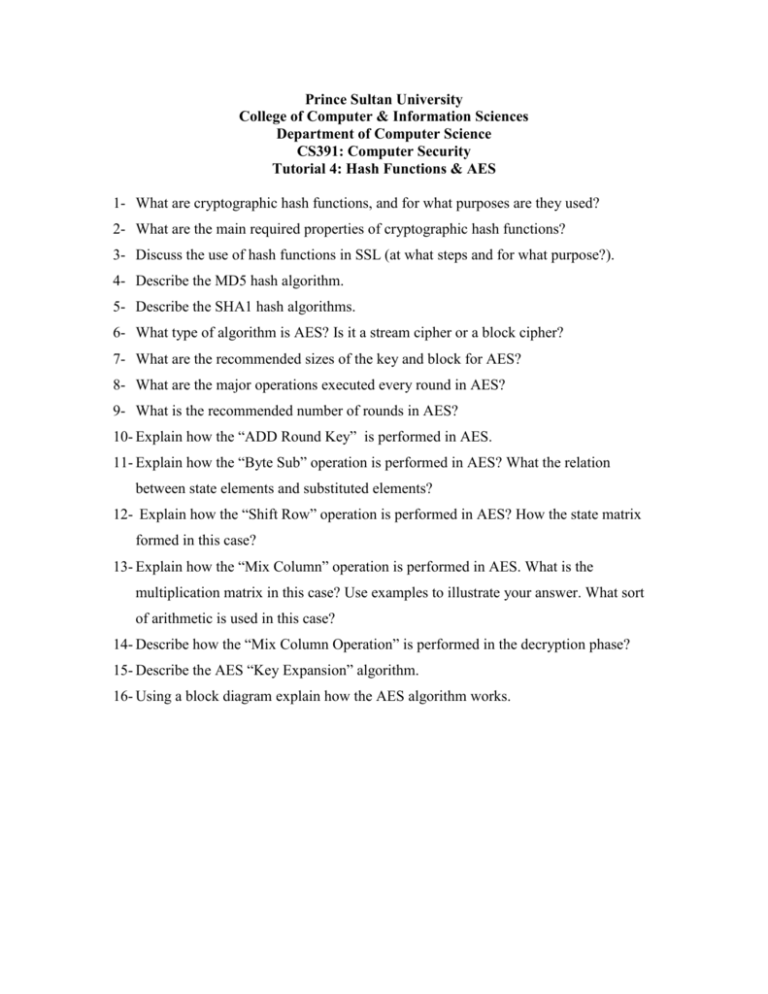
Prince Sultan University College of Computer & Information Sciences Department of Computer Science CS391: Computer Security Tutorial 4: Hash Functions & AES 1- What are cryptographic hash functions, and for what purposes are they used? 2- What are the main required properties of cryptographic hash functions? 3- Discuss the use of hash functions in SSL (at what steps and for what purpose?). 4- Describe the MD5 hash algorithm. 5- Describe the SHA1 hash algorithms. 6- What type of algorithm is AES? Is it a stream cipher or a block cipher? 7- What are the recommended sizes of the key and block for AES? 8- What are the major operations executed every round in AES? 9- What is the recommended number of rounds in AES? 10- Explain how the “ADD Round Key” is performed in AES. 11- Explain how the “Byte Sub” operation is performed in AES? What the relation between state elements and substituted elements? 12- Explain how the “Shift Row” operation is performed in AES? How the state matrix formed in this case? 13- Explain how the “Mix Column” operation is performed in AES. What is the multiplication matrix in this case? Use examples to illustrate your answer. What sort of arithmetic is used in this case? 14- Describe how the “Mix Column Operation” is performed in the decryption phase? 15- Describe the AES “Key Expansion” algorithm. 16- Using a block diagram explain how the AES algorithm works.


